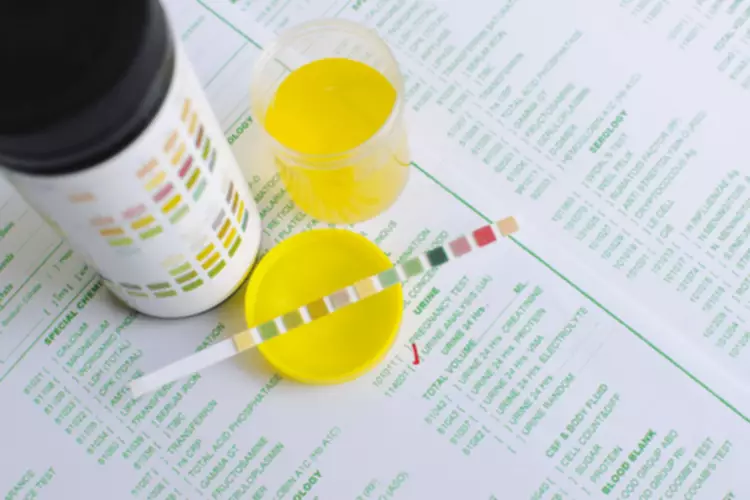
Transcend Recovery Community can surely help anyone suffering from alcoholism and alcoholic ketoacidosis get better. As recovery assistance experts, we work closely with medical and rehabilitation professionals to ensure that proper care and support are given to people in recovery. Another important impact of the abuse of alcohol is on the heart and circulatory system.

More on Substance Abuse and Addiction
- Thus while the best set of material would be vitreous fluid, blood, and urine, all three are frequently not available.
- The presence of a high anion gap, although not specific, is suggestive of AKA in a patient with an appropriate clinical history 9.
- Infection or other illnesses such as pancreatitis can also trigger alcoholic ketoacidosis in people with alcohol use disorder.
- The mean age of previously undiagnosed diabetics in our study was 48.5 years with a range of 33 to 63 years.
- Patients typically present with non-specific features including nausea, vomiting and generalized abdominal pain.
Causes of death and post mortem findings in the seven cases of alcohol related arrhythmia. During starvation, there is a decrease in insulin secretion and an increase in the production of counter-regulatory hormones such as glucagon, catecholamines, cortisol, and growth hormone. Hormone-sensitive lipase is normally inhibited by insulin, and, when insulin levels fall, lipolysis is up-regulated, causing release of free fatty acids from peripheral adipose tissue. People who drink large quantities of alcohol may not eat regularly.

Health Conditions

Alcoholic ketoacidosis has been recognized since 1940 (10), but has been more commonly recognized clinically since the 1970s and at autopsy since the 1990s (3-6, 11-13). These patients present clinically with nonhyperglcemic ketoacidosis. Clinical studies have indicated that glucose levels are usually normal in AKA, but may be mildly elevated or subnormal (13). If you or someone else has symptoms of alcoholic ketoacidosis, seek emergency medical help. AKA results from the accumulation of the hydroxybutyric acid, acetoacetic acid (true ketoacid), and acetone. 5, 12 Such accumulation is caused by the complex interaction stemming from alcohol cessation, decreased energy intake, volume depletion, and the metabolic effects of hormonal imbalance.
Sudden Cardiac Death
However, the long-term prognosis depends on the severity of the underlying alcohol abuse disorder. The major causes of death in people with alcoholic ketoacidosis are diseases that occur along with the alcoholic ketoacidosis and alcoholic ketoacidosis smell may have caused it, such as pancreatitis, gastrointestinal bleeding, and alcohol withdrawal. Alcoholic ketoacidosis most commonly happens in people who have alcohol use disorder and chronically drink a lot of alcohol.
Whilst a decreased conscious level may have been expected, our patient was lucid enough to report drinking one to two bottles of wine per day for the past 30 years, with a recent binge the day prior to admission. The comparative figures for 39 cases of diabetes mellitus for acetone were a range of 0 to 112 mg/100 mL and a median of 55 mg/100 mL. The isopropanol concentrations in these cases were 0 to 50 with a median of 8 mg/100 mL. The highest acetone concentrations were seen with dehydration/malnutrition (210 mg/100 mL) and ingestion (190 mg/100 mL). Alcoholic ketoacidosis is usually triggered by an episode of heavy drinking. If you can’t eat for a day or more, your liver will use up its stored-up glucose, which is a type of sugar.
In hypothermia, vitreous glucose can be elevated from normal postmortem values, with Coe finding levels of 3.3 to 10.0 mmol/L in over half of cases of hypothermia (7). Interestingly, despite this, ischaemic heart disease in this study was still the single commonest cause of death in the alcohol excess group accounting for 16.7% of deaths. It is also likely in the authors’ opinion that in patients with preexisting cardiac disease (hypertrophic or ischaemic) that alcohol acts synergistically to potentiate fatal arrhythmia in some cases. There is just simply not enough data on this at this time from this study to answer this conclusively. Toxicology was only available in this study on a limited number of cases, as only the extra studies requested as part of the routine post mortem were available.

Start Your Recovery Journey

Both steps require the reduction of nicotinamide adenine dinucleotide (NAD+) to reduced nicotinamide adenine dinucleotide (NADH). These neurotransmitters are responsible for mood regulation and other important processes in the brain. When they are disrupted by alcohol dependence, it can lead to serious mental health issues such Sober living home as depression and anxiety disorders.






